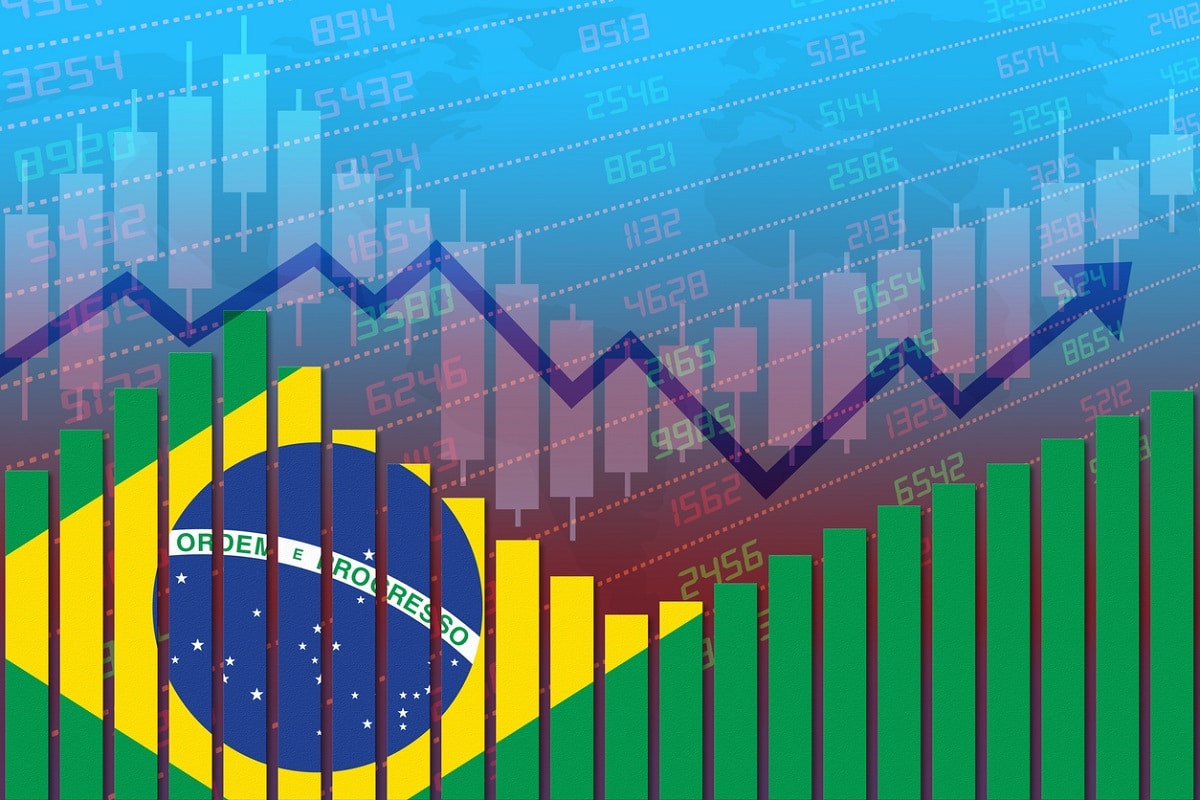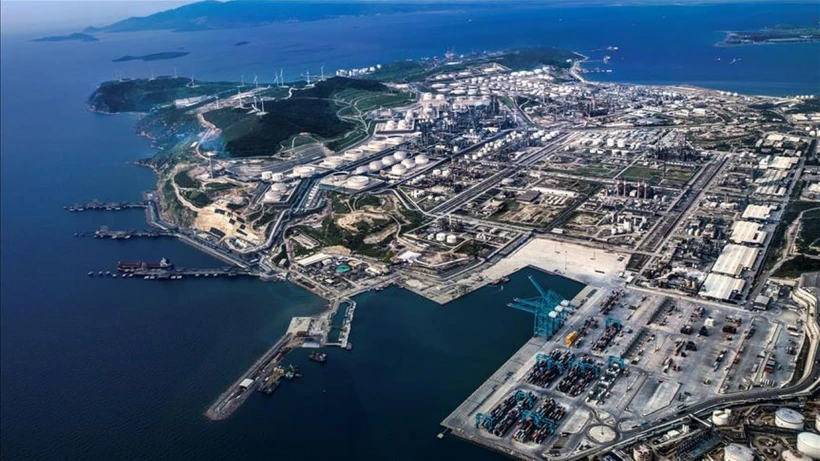
İçindekiler
Brazil’s Interest Rates Hit Two-Year Peak, Tightening Credit Markets
In a striking development for Latin America’s largest economy, Brazil’s Central Bank has reported that average interest rates soared to 29.8% annually in January 2025—the highest in two years. This marks the fourth consecutive month of rising rates as the country grapples with persistent inflation pressures that continue to overshoot target ranges. The ripple effects of this monetary tightening are being felt across credit markets, businesses, and households, raising concerns about economic stability in the months ahead.
A Steep Climb in the Selic Rate
The Central Bank’s benchmark Selic rate now stands at 13.25%, following a substantial 100 basis point hike in January. This aggressive move is part of a broader tightening cycle that kicked off in September 2024, when the Selic was raised to 10.75%, reversing a series of rate cuts earlier in the year. The shift reflects growing unease over inflation, which has stubbornly resisted previous efforts to bring it under control. As a result, borrowing costs have spiked across all segments of the credit market, with varying degrees of impact.
Corporate lending has borne the brunt of the increases, with average rates jumping from 21.7% to 24.2% in just one month—a clear signal of the pressure mounting on businesses. Personal lending rates, already sky-high, edged up from 53.1% to 53.9%, while directed credit rates saw a more modest rise of one percentage point to 12%. These figures highlight how quickly the Central Bank’s policy decisions are reshaping the financial landscape.
Credit Growth Holds Steady—For Now
Despite the escalating cost of borrowing, Brazil’s total credit stock has remained stable at R$6.46 trillion (approximately $1.08 trillion). Remarkably, year-over-year credit growth even ticked up slightly to 11.7%, suggesting a degree of economic resilience in the face of these headwinds. However, analysts caution that this stability may not last as the full effects of higher rates filter through the system.
One troubling sign is the uptick in default rates, which climbed from 2.9% to 3.2% between December and January—the first increase in the general default indicator since October 2023. This shift could foreshadow broader challenges, particularly for vulnerable sectors like financial technology companies, where delinquency rates on unsecured loans have soared past 60%. Traditional banks, in response, are pivoting toward safer bets like mortgages and payroll-deductible loans to shield their portfolios.
Economic Resilience Meets Growing Risks
Brazil’s economy posted an impressive 3.4% growth rate in 2024, but the outlook for 2025 is cloudier. S&P Global Ratings has warned that sustained high interest rates will strain borrowers and erode asset quality throughout the year. Small businesses, in particular, face heightened bankruptcy risks, while banks are bracing for nonperforming loans to rise to between 3.5% and 4.0% by year-end. To cushion the blow, financial institutions are bolstering their provisions, but the road ahead looks bumpy.
On the household front, there are glimmers of relief. The debt service-to-income ratio has eased to 26.5%, down from a peak of 28.4% last June, thanks in part to government debt relief programs. These initiatives have enabled over 15 million Brazilians to renegotiate roughly R$50 billion ($8.3 billion) in overdue debt, offering a lifeline to struggling families. Still, with credit conditions expected to worsen, analysts remain wary of the broader implications.
What Lies Ahead?
As Brazil navigates this challenging period, the interplay between monetary policy, credit markets, and economic growth will be critical. The Central Bank’s hawkish stance has succeeded in tackling inflation but at the cost of squeezing borrowers and testing the resilience of businesses and households alike. With financial technology firms reeling and default rates creeping upward, the coming months will reveal whether Brazil can sustain its economic momentum—or if tighter credit will tip the scales toward a slowdown. For now, all eyes are on Brasília as policymakers weigh their next moves.

